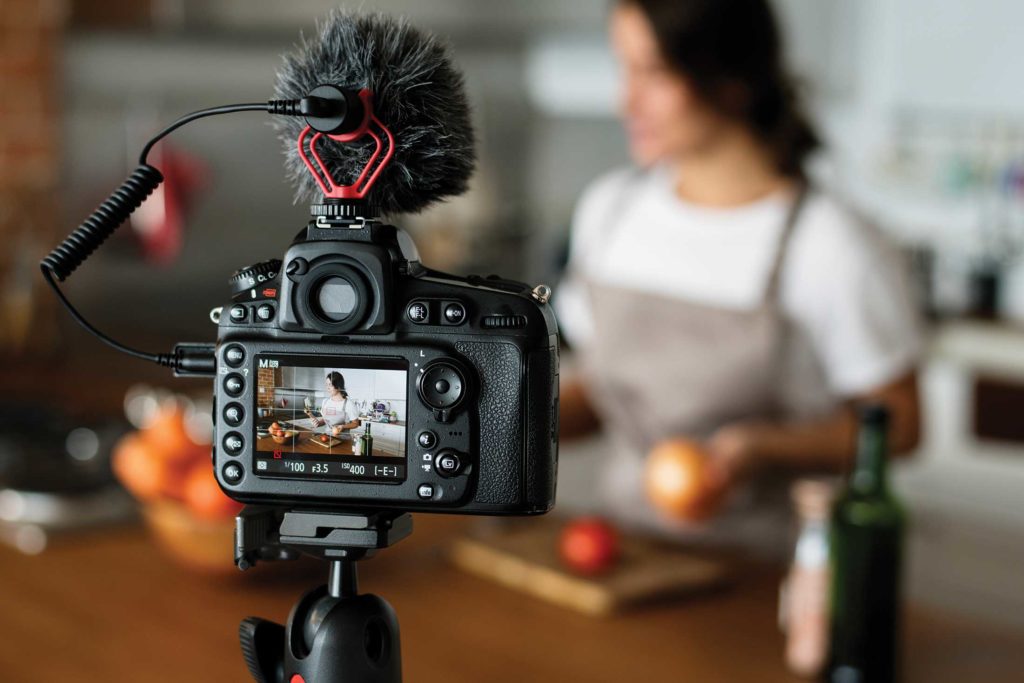What is cookie-based tracking?
Cookies are files that websites save onto user devices (basically, anything that connects to the internet). At its genesis, cookies allowed consumers a user-friendly experience because they remember passwords for customers, and they don’t delete items in shopping carts when the customer exits the web browser. Marketing platforms, Agencies and Brands use them to determine what their audience’s interests are based on browsing activity, purchases and preferences. Over the years, cookies have evolved significantly, helping improve customer experience while also allowing businesses to garner hordes of customer info.
Before long, though, cookies were leveraged for media tactics and targeting. Because of their unmistakable ties to personal data, legislation emerged first in Europe to protect said data and begin regulating how companies could and could not use it. Shortly thereafter, California and other U.S. states began debating and adopting similar legislation. These laws require businesses to disclose to customers what information they collect and how they use it, which is why many websites now provide disclosures to users when they enter a website. There is also a social implication that is being enacted by Apple with IOS14 updates that are imminent and now eminent. Simply put, this update will severely limit targeting and tracking within apps.
How will it impact Search and Social?
To future proof, companies will want to look for a partner that has the ability to tap into their preferred partner platforms (Social and Search), work with the brand’s Customer Data Platform and be able to ingest offline data to tie all the data back together. While this seems like a last step, it is not. Now brands will need to put in place reporting and testing that can show the incrementality to the overall marketing efforts to capture any activity that cannot be tracked. While search and social have positioned themselves as the best way to increase sales online, the need for incrementality testing becomes significantly more critical. Through the years we have learned through testing that those claims were made without taking into consideration the many touchpoints along the way. Consumer journeys are not linear. In essence, the last click model is flawed and does not give credit to other media types.
From a search and social standpoint, brands will need to include Data Management Platforms that will be able to bring all platforms like Google, Facebook and Pinterest into an ecosystem that will streamline Analytics, CRM and Call Center partners together to marry offline and online data.
From a buying standpoint, this will change how we approach search and social. At first, it may seem like the calendar is flipping back to the days before micro-targeting and heavy tracking. In the future there will be some tracking through first-party data but search and social will have to make leaps towards even more measurement, broader targeting and artificial intelligence from vendors and MarTech partners. Brand should also prepare to see cost increases on cost pers and ROAS.
The data that will need to be tracked cannot rely on platforms to pass the traditional information the industry has relied on with cookies or URL redirects. What will need to be crafted is an anonymized ID that is attributed to a target audience within the Customer Data Platform and then matched back to internal client data to learn what partners and audience tactics are working in conjunction with testing.
With the rise of machine learnings and need to feed the beast, partners have been communicating to take steps back from micro targeting and open up targeting to consumers in their contextual environments. This approach doesn’t require the use of tracking data. Instead, it matches advertisements with the content or a point in time during consumer’s research.
Search teams have had a head start thinking about this issue from the initial ITP announcement by Apple in early 2019 and the evolution and updates to ITP. This did not impact social due to advertising being within the social app because ITP changes started removing the tracking from URLs.
Contextual ads match the content that a webpage is presenting and, as a result, do not disrupt the customer experience. For example, if a consumer has been served a video in a social platform, then an advertisement for a coffee maker may appear on the webpage.
The final piece is to ensure that websites and apps are following all the requirements by law or by marketing vendor. This will need to be managed across web and mobile on an organic level.
What should brands and agencies do?
The community will have plenty to think through when crafting their marketing plans: which MarTech partners to Ieverage, investment in proprietary solutions, and future proofing more changes on the horizon. Let’s face it, search and social will continue to evolve. Now, it’s simply in a new direction. Here are some guiding tips:
- Think full funnel. Even though you are tasked with ROAS goals for all your marketing dollars, some of those marketing dollars are going to have to go towards building the audiences either through app download campaigns, a loyalty offer or organic website offers (like discounts that can be helped with second- and third-party audiences).
- Leverage existing partnerships. What partnerships can be leveraged from existing relationships that a brands can use to increase 1P targeting?
- Lean on marketing partners. Their ability to leverage look-a-like audiences that are customized for the brand outside of walled gardens will be valuable.
At this point there is no singular solution from MarTech companies. Each group from MarTech, Agencies and Brands are all consulting on best steps forward. Brands and Agencies will have to put plans in place by July to have a seamless solution prior to the holiday season while taking IOS14 limitations into account. Thankfully for you, we’re already on it.





















